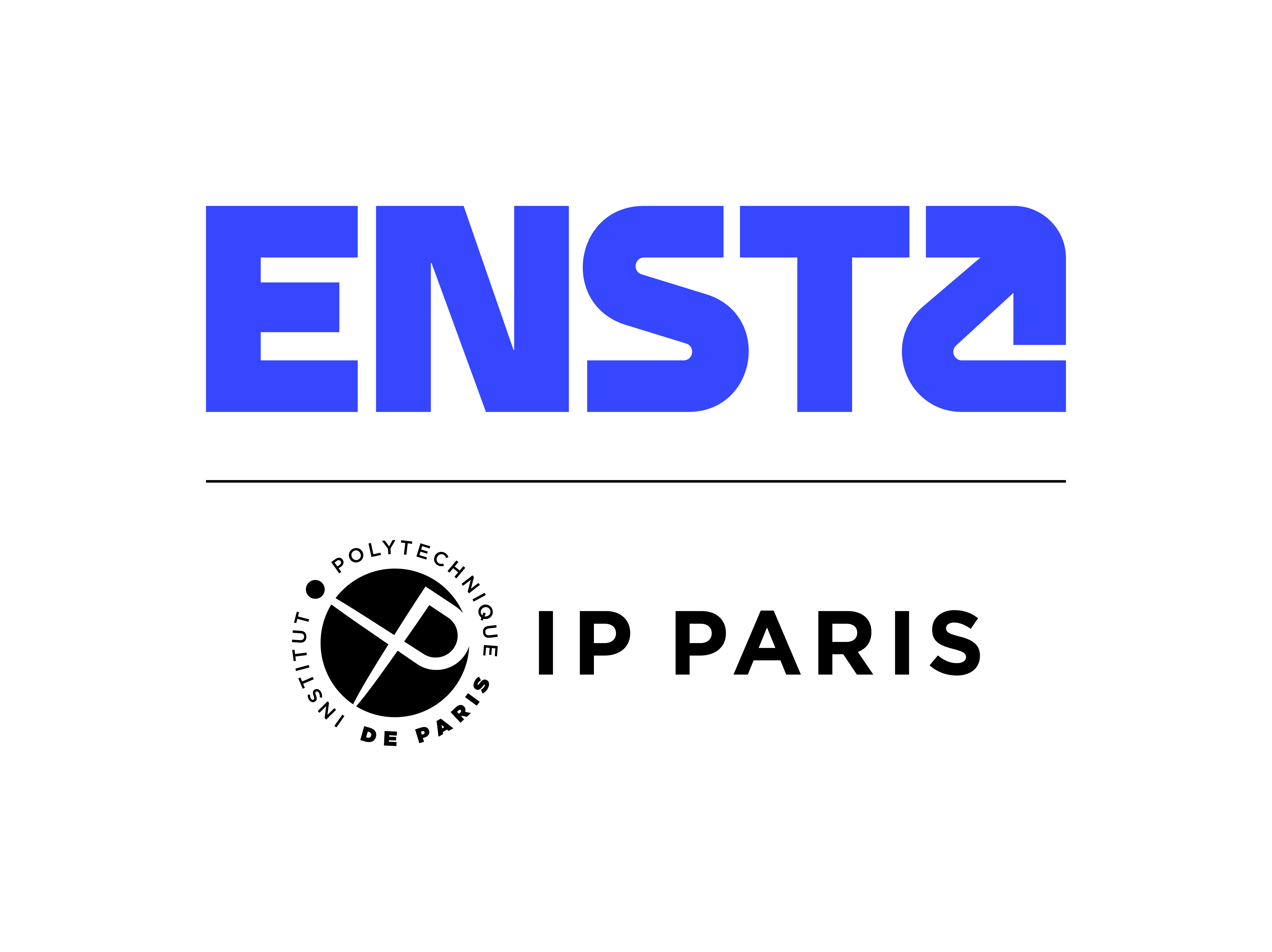Area of research: Autonomous system design
This field covers processes involving the design and reliability of autonomous systems. ENSTA Paris develops expertise in several areas of research: artificial intelligence, perception, machine learning, optimal control, navigation, human-robot interaction, modelling and design of reliable systems, sensor networks and security.
The university works on autonomous decision-making of systems, with applications in smart transportation, robotics, and defence (for example, Renault’s new automatic Zoé).
Area of research: Optimisation and data science
This research uses various mathematical fields like operational research, stochastic optimisation and optimal control.
Mathematics is used as a tool to aid decision-making (Data processing or data science, more broadly speaking). It is also oriented towards industrial applications and software development, with issues in power generation and the transport network, spatial trajectory optimisation and natural language analysis.
Area of research: Procedures and materials for energy
The combustion of materials, fuels / biofuels, biomass and hydrogen is analysed and modelled while paying close attention to the formation / reduction of pollutants. A large experimental park allows the laboratory to generate its own data to validate the models they have established. The university works with different chemical analysis platforms and one hydrogen platform. These experimental activities in the field of energetic materials and the manufacturing of metallic additives for materials have applications in civilian and/or military sector.
Area of research: Durability of materials, components, and structures
This research work is integral for studying the integrity and resistance of industrial structures and components. It covers topics such as failure and damage mechanics, fissuring, or even the flow study and modelling and thermal-hydraulic couplings. More specifically, it finds applications such as the storage of long-lived nuclear waste, and the wear and fatigue of materials and structures. All materials are concerned, and important developments have been made around behavioural modelling and the resistance of active materials.
Area of research: Waves and vibrations
Waves and vibrations are pertinent to all research activities relative to the phenomena of wave propagation with their interactions. Most of this research work is carried out in conjunction with other organisations or major businesses.
The research work by the university focuses on the effect of seismic waves on the integrity of large infrastructure, the detection of faults by waves, acoustics in the field of transport and the energy to reduce sound impacts and detectability.
Area of research: Physics of ultra-short laser plasma
Laser-generated plasmas have very special properties when the duration of the laser pulse is ultra-short, up to a few femtoseconds. Due to the charge separations present in the plasma, large transient electromagnetic fields can accelerate particles to orders of magnitude greater than conventional techniques based on permanent magnets.
These studies have led to the development of laser-plasma particle accelerators that can be used for observations of matter at ultra-fast time scales in the case of phase transitions, for eye surgery or medical imaging, for the installation of antennas or even lightning guides to protect electrical installations.
Area of research: Imaging and non-destructive testing
Radiography is a non-destructive testing (NDT) method widely used in the industrial domain because it provides information about the material density of the inspected parts. However, the existing radiographs fail to combine flux (energy and dose rate) and resolution (source size, detector quality and sophistication of the digital reconstruction method) to rapidly acquire very high-resolution images.
X-gamma radiation sources from ultra-short plasmas-lasers offer new perspectives with the potential to increase spatial resolution by several orders of magnitude.


